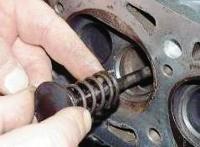The manufacturer prescribes the replacement of spark plugs after a run of 60,000 km.
As a rule, during normal use, candles withstand this interval
If the engine does not start well or runs with jerks after starting, the spark plugs may be the cause.
For all Megane engines, the cylinders fire in the order 1-3-4-2.
The first cylinder is on the left close to the gearbox.
The task of spark plugs is to ignite the air-fuel mixture in the combustion chamber. This results in temperatures up to 2500˚ and pressures up to 60 bar.
In order for the spark to jump between the electrodes, the connecting bolt of the candle is surrounded by ceramic insulation.
In addition, the middle electrode and the connecting bolt of the spark plug are inserted into an electrically conductive glass mass, which provides a rigid fastening of these parts and tightness in relation to the combustion chamber.
When the required voltage is reached, an electric current jumps between the electrodes of the candle in the form of a spark from the middle electrode to the side one.
This ignites the air-fuel mixture in the combustion chamber.
In order for the spark plug to work properly, after starting the engine, it must reach its self-cleaning temperature of approximately 400˚.
If this temperature is not reached, the remains of combustion products will settle on the thermal cone of the insulator.
At full load, the temperature should not exceed 800 degrees.
The glow rating of a spark plug determines whether the spark plug is suitable for a given engine.
If you use, for example, spark plugs with too high a heat value, the insulator cone can become very hot.
The consequence may be unusual glow plugs that can destroy the motor.
On the contrary, if we choose spark plugs with too low a heat value, they will not reach the required self-cleaning temperature, which will lead to contamination of the thermal cone of the insulator.
Spark plugs used for Megane
|
Engine |
Brand |
Type |
|---|---|---|
|
E7J |
EYQUEM NGK |
F52LS BCP 5ES |
|
K7M |
EYQUEM CHAMPION |
FC 52LS C10YC |
|
F3R |
EYQUEM CHAMPION BOSSCH |
C 52 LS N7YCX W7DCO |
Preparatory operations:
For work, we need a candle wrench, a candle tester, a feeler gauge, a torque wrench (if available).
Dismantling candles
Turn off the ignition.
We blow the channels where the spark plugs are inserted with compressed air so that no dirt gets into the hole when they are dismantled.
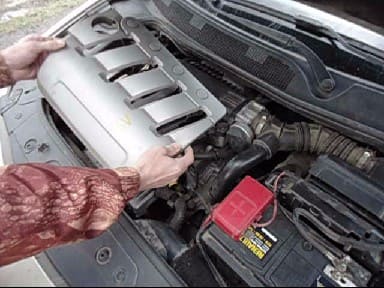
Remove the top plastic engine cover
Disconnecting the coil connectors

Checking the condition of the high voltage wires.
Frayed wires or wires with traces of soot must be replaced.
Be sure to remove street salt deposits from high-voltage wires.

Use a 10 socket wrench to unscrew the coil mounting bolt
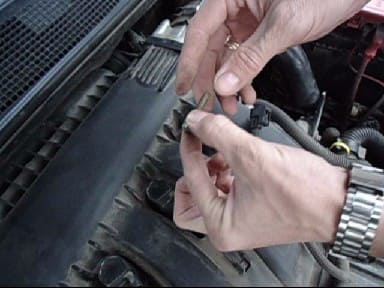 </p >
</p >
Remove the coil mounting bolt
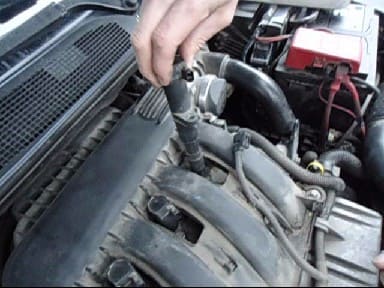
We remove the rod coils, while paying attention to visible defects in the coil insulators.
There should be no cracks or burn marks (from spark flashing) on the coil body.
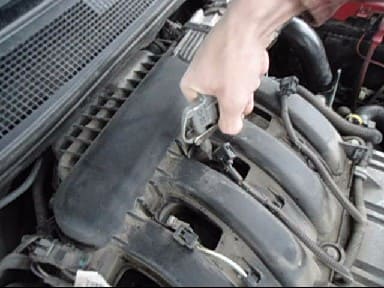
Blow out the candle wells with compressed air so that when the candles are unscrewed, dirt does not get into the cylinders
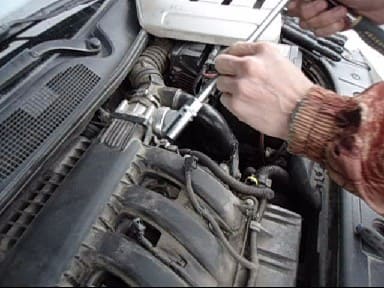
Unscrew the spark plugs with a candle wrench
We remove the spark plugs with the same key
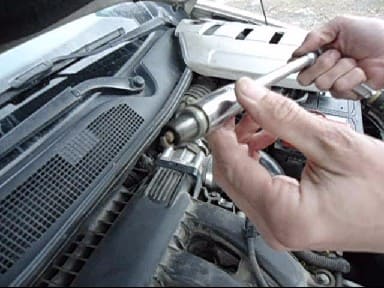
If the spark plug is "very tight", do not use force. Otherwise, the thread of the spark plug in the cylinder head may be broken.
In this case, bring the engine up to operating temperature, and then try to remove the spark plug.
Wait with the installation of new spark plugs until the engine cools down.
If you screw a cold spark plug into a hot engine, it will sit there as if welded on.
Checking the status of candles
By the condition of the electrodes of the spark plug and the threaded part, you can determine whether the engine is operating optimally.
If the top of the thermal cone of the spark plug insulator is light gray to gray in color, then the engine cylinder is working properly and the fuel injection system is well adjusted.
If the top of the thermal cone of the spark plug insulator is white, then the ignition timing is incorrect.
Black, soot-like deposits indicate that the spark plug has not reached its self-cleaning temperature (frequent short trips), incorrect heat rating, too high carbon monoxide content.
Oil layer on the electrodes. Damaged piston rings, valve guides or valve stem seals.
You may have used oil or fuel with additives.
In this case, you need to change the oil or fuel with additives and check the condition of the spark plugs again.
{youtube}yPGe9-HCA5c|490/450/1{/youtube}
Installing candles
Preparing new candles for installation for this:
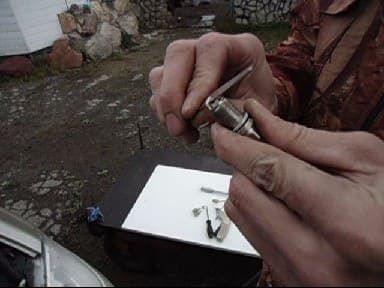
Using a feeler gauge, check the gap between the spark plug electrodes.
Gap for Renault Megan spark plugs should be 0.9 mm.
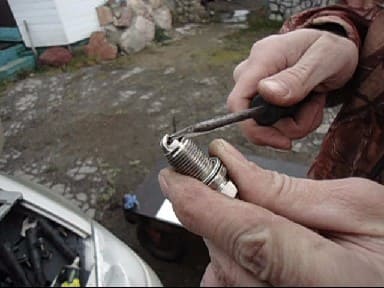
If the candle has a small gap, then we bend the outer electrode with a screwdriver, resting the screwdriver on the edge of the thread.
Never lean against the central electrode, as this may damage the insulator
If the spark plug has a large gap, then bend the outer electrode by tapping it from the side.
We inspect the candles for visible defects (we pay attention to the candle insulators), there should be no chips or cracks on the candle insulators.
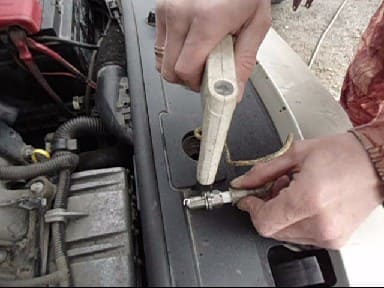
Check spark plug tester.
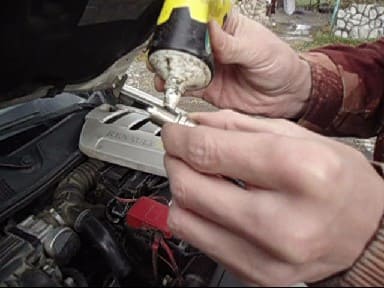
We apply non-stick grease to the threaded part of the candle (you can use SHRUS-4 grease).
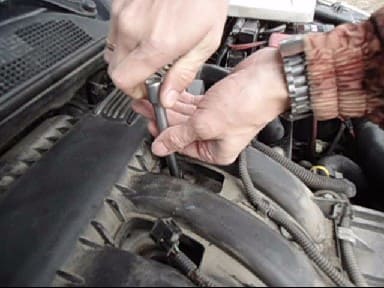
Install the spark plug into the cylinder head and screw it in with your fingers until it stops
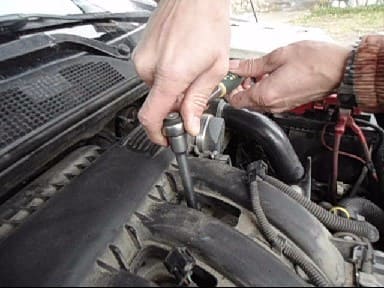
Tighten the candle with a torque wrench.
If there is no torque wrench, then tighten the candle by turning 90˚ for a new candle and 15˚ for a working candle









